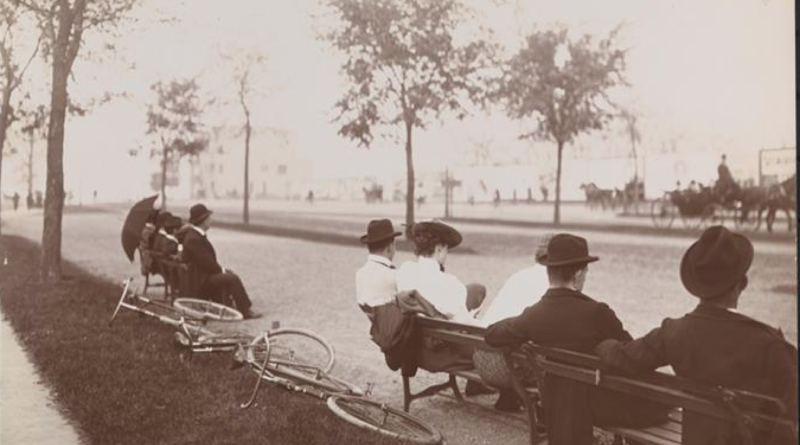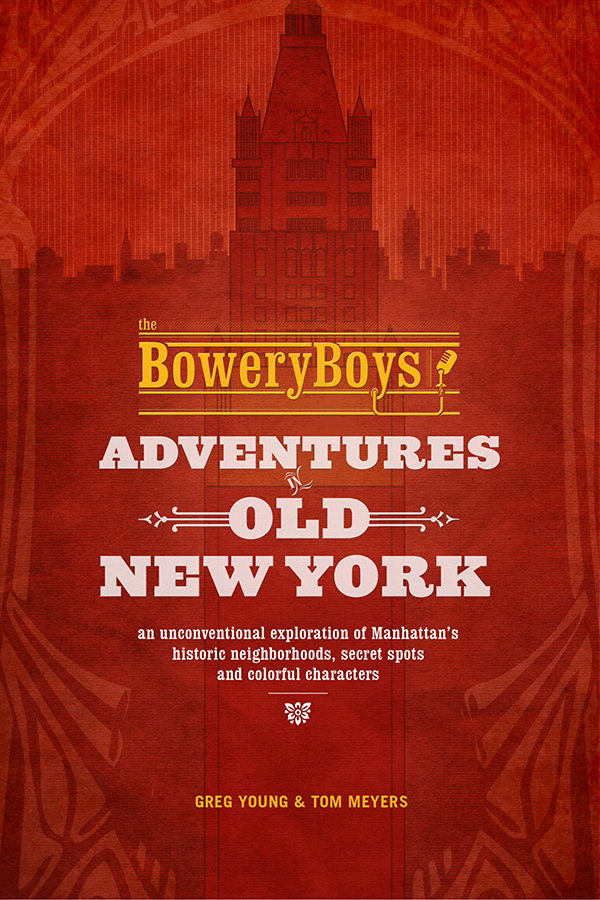PODCAST The highs and lows of the history of Riverside Park
In peeling back the many layers to Riverside Park, upper Manhattan’s premier ribbon park, running along the west side from the Upper West Side to Washington Heights, you will find a wealth of history that takes you back to Manhattan’s most rugged days.
The windswept bluffs overlooking the Hudson River were home to only desolate mansions and farmhouses, its rock outcroppings appealing to tortured poets such as Edgar Allan Poe. But the railroad cleaved the peace when it laid its tracks along the waterfront in the 1840s.
To encourage development, the city planned Riverside Park as a respite with commanding views of the river and a swanky carriage way for afternoon excursions. But the original plan by Central Park designer Frederick Law Olmsted only went so far — right up to those pesky train tracks.
In the 20th century, residents along the newly chic Riverside Drive tired of the smoky mess. It would take the ‘master builder’ himself — Robert Moses — to finally conceal those tracks and create a new spot for recreational facilities. In doing so, he threaded his new park with a new noisemaker — the Henry Hudson Parkway.
We give you the grand overview history of this extraordinary park THEN we visit the park itself to give you the full dynamic sound experience, reviewing Riverside’s most spectacular attractions.
PLUS: The strange story of two great monuments at 125th Street, the final resting place for a great military leader and a five year old boy, whose tragic story has inspired generations of poets.
FEATURING: George and Ira Gershwin, Charles Schwab, Joan of Arc, Hillary Clinton and Donald Trump (in non political capacities!)
Listen Now: Riverside Park New York Podcast
________________________________________________________
The Bowery Boys: New York City History podcast is brought to you …. by you!
We are now producing a new Bowery Boys podcast every other week. We’re also looking to improve the show in other ways and expand in other ways as well — through publishing, social media, live events and other forms of media. But we can only do this with your help!
We are now a member of Patreon, a patronage platform where you can support your favorite content creators for as little as a $1 a month.
Please visit our page on Patreon and watch a short video of us recording the show and talking about our expansion plans. If you’d like to help out, there are five different pledge levels (and with clever names too — Mannahatta, New Amsterdam, Five Points, Gilded Age, Jazz Age and Empire State). Check them out and consider being a sponsor.
We greatly appreciate our listeners and readers and thank you for joining us on this journey so far.
________________________________________________________
From an 1855 map of Manhattan, showing the still-rugged terrain of the area west of Central Park
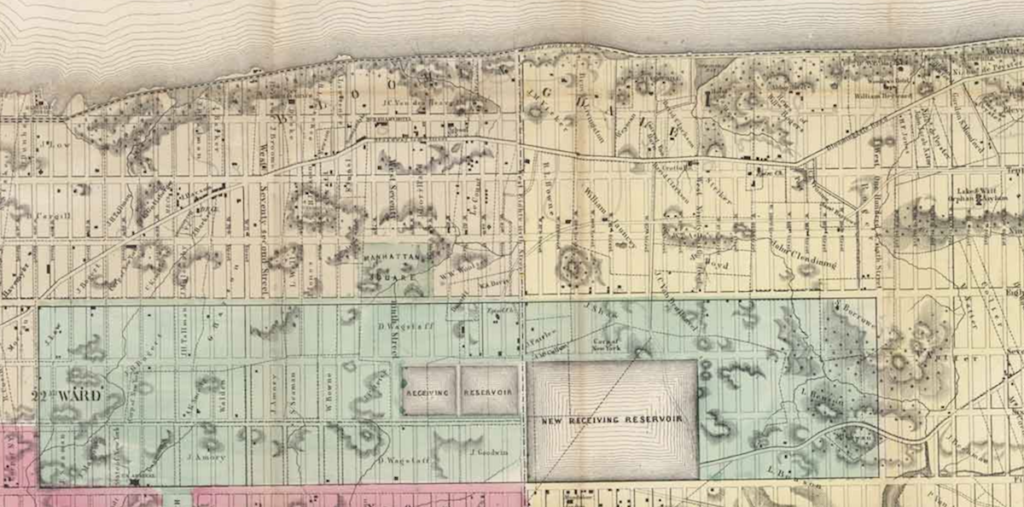
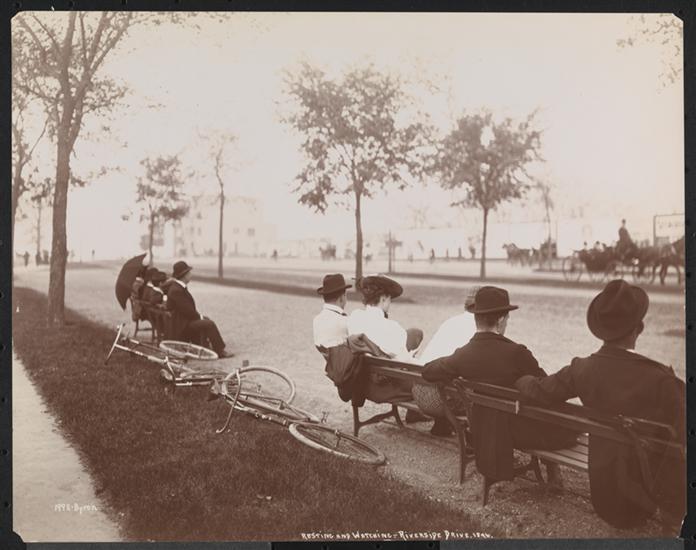
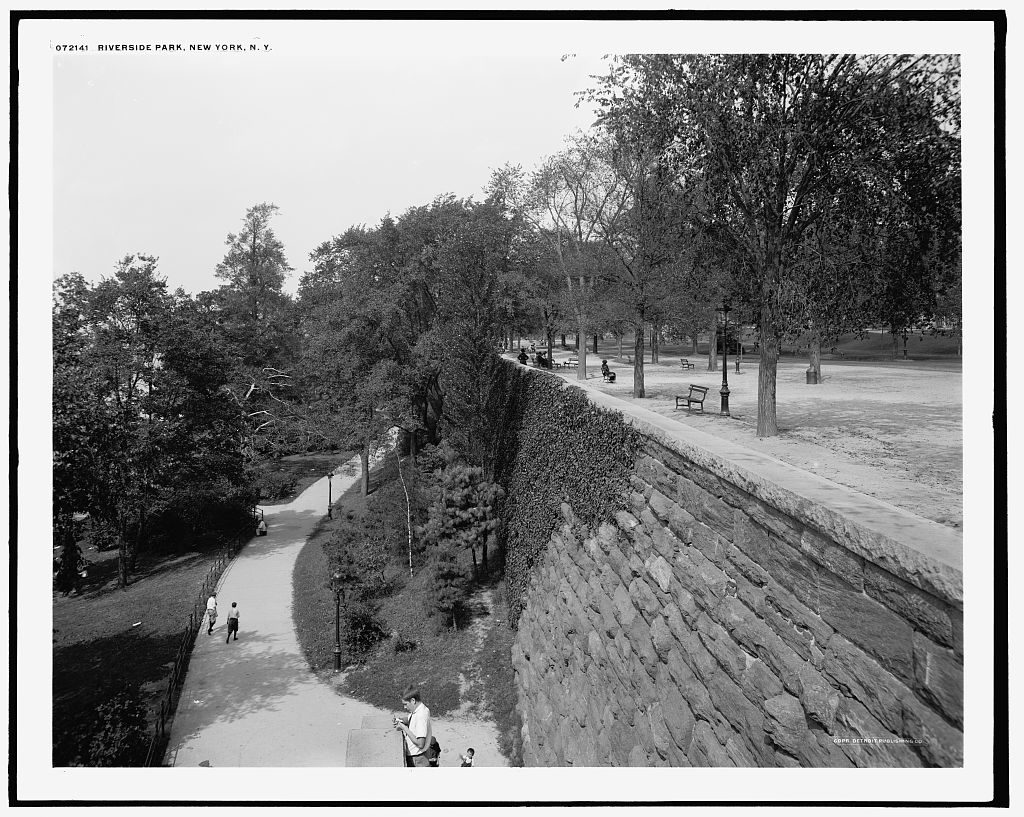
In the early 1900s, the park was extended further north. This depicts the scene near 148th Street, near a ‘bathing beach’ that couldn’t have been very pleasant to visit during construction.
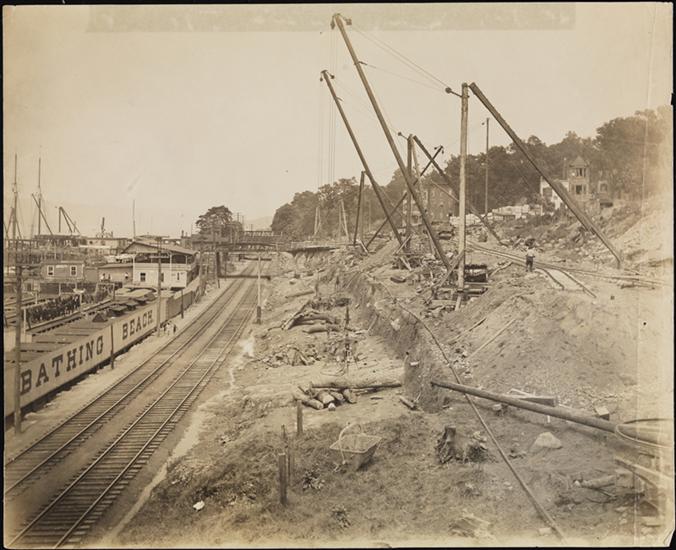
Riverside Park and Drive in the 1920s — the park stops at the tracks.
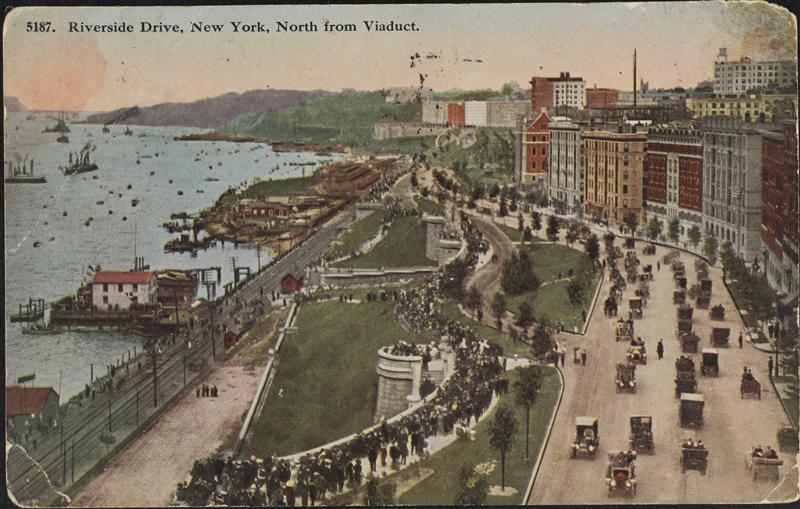
Another image from 1910, showing the exposed tracks and the waterfront.
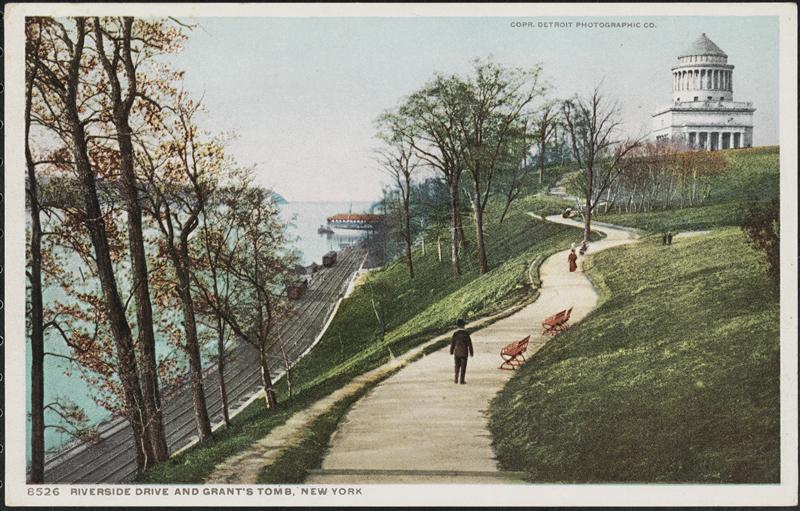
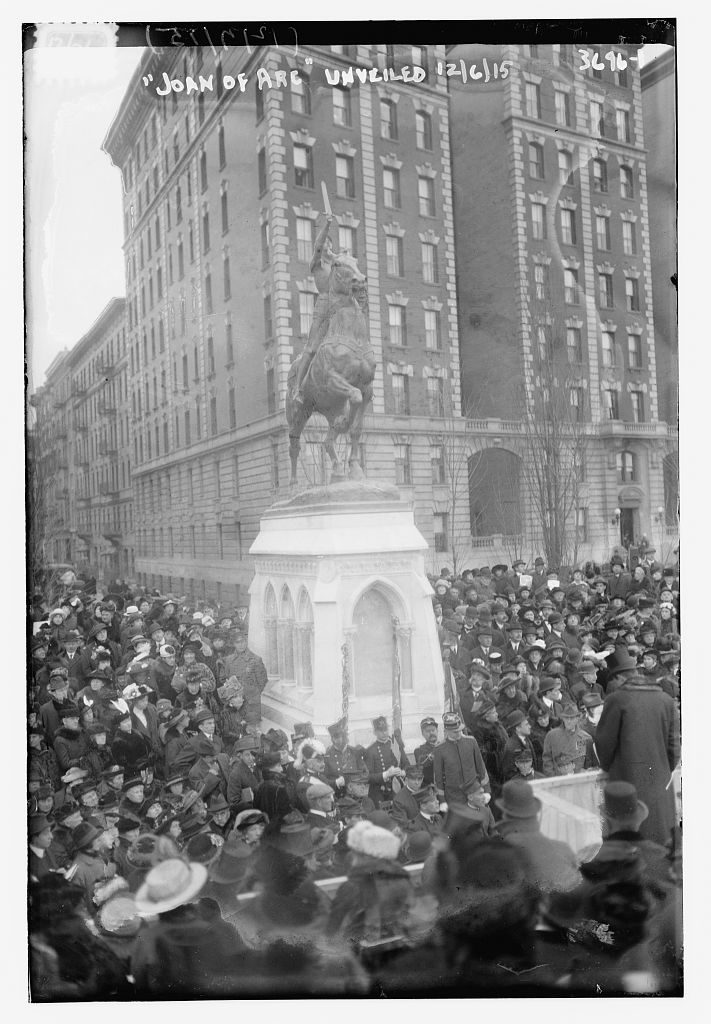
The original tomb of Ulysses S. Grant, circa 1886….
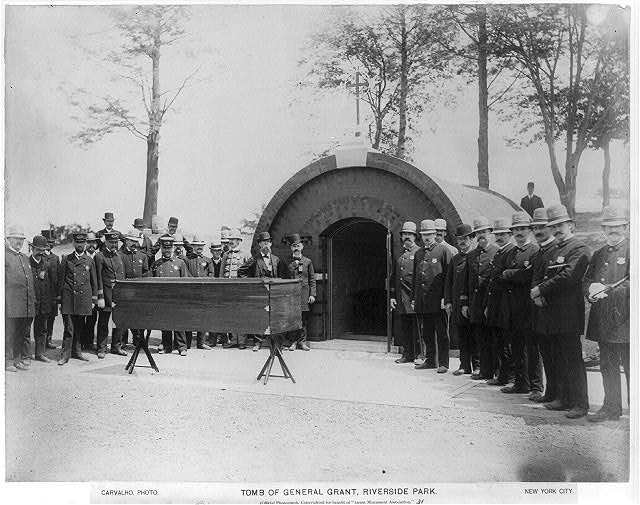
Replaced by his more famous resting place in 1897, in Olmsted’s carriage loop. (Olmsted was no longer associated with Riverside Park or else he might have taken issue with its placement.)
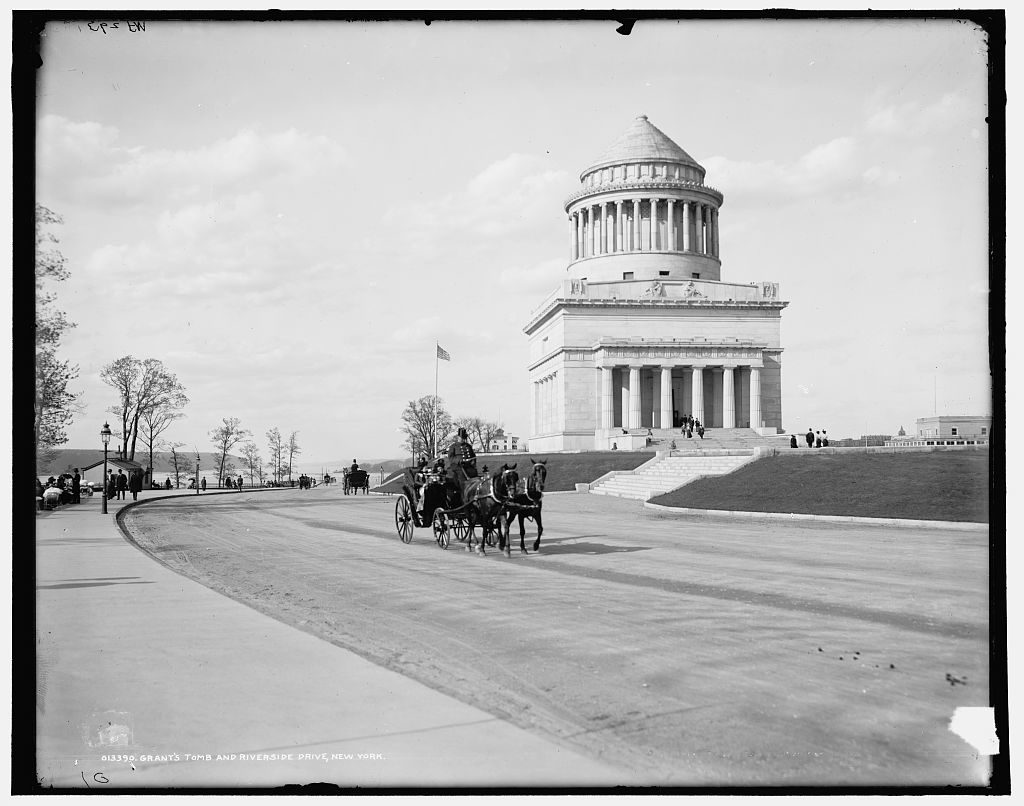
The fabulous Claremont Inn which drew thousands of weary New Yorkers after a long stroll in Riverside Park.
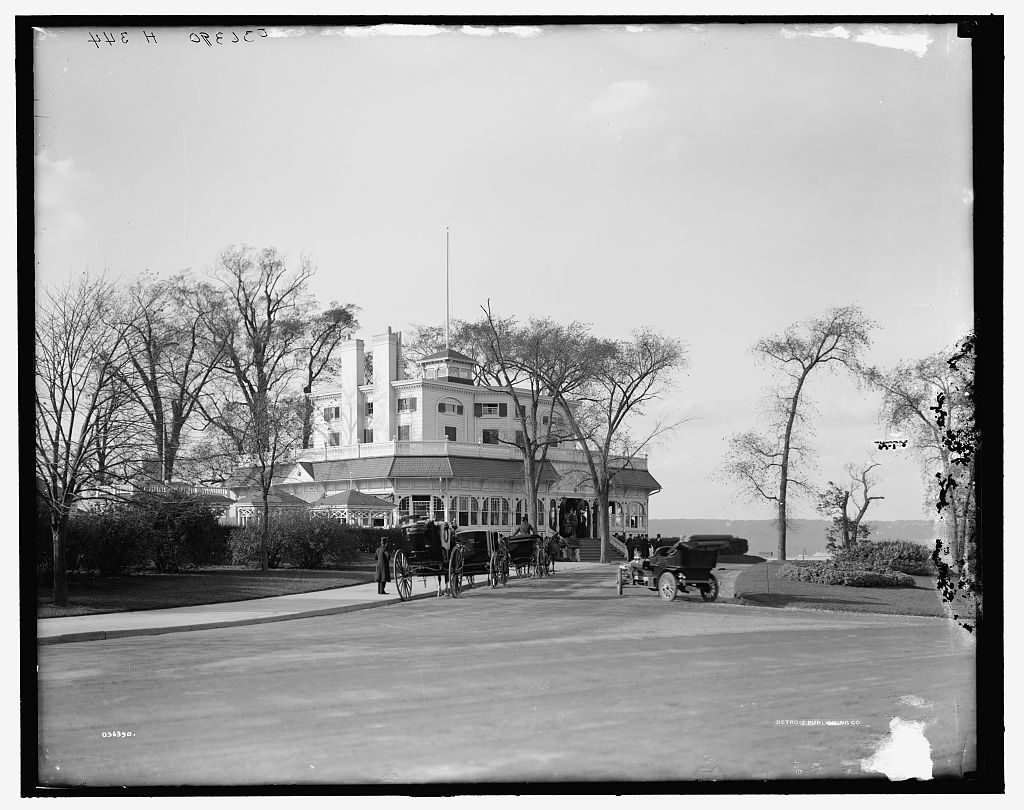
A view of Grant’s Tomb, Claremont Inn, the Manhattan Valley Viaduct and a glorious pier structure.
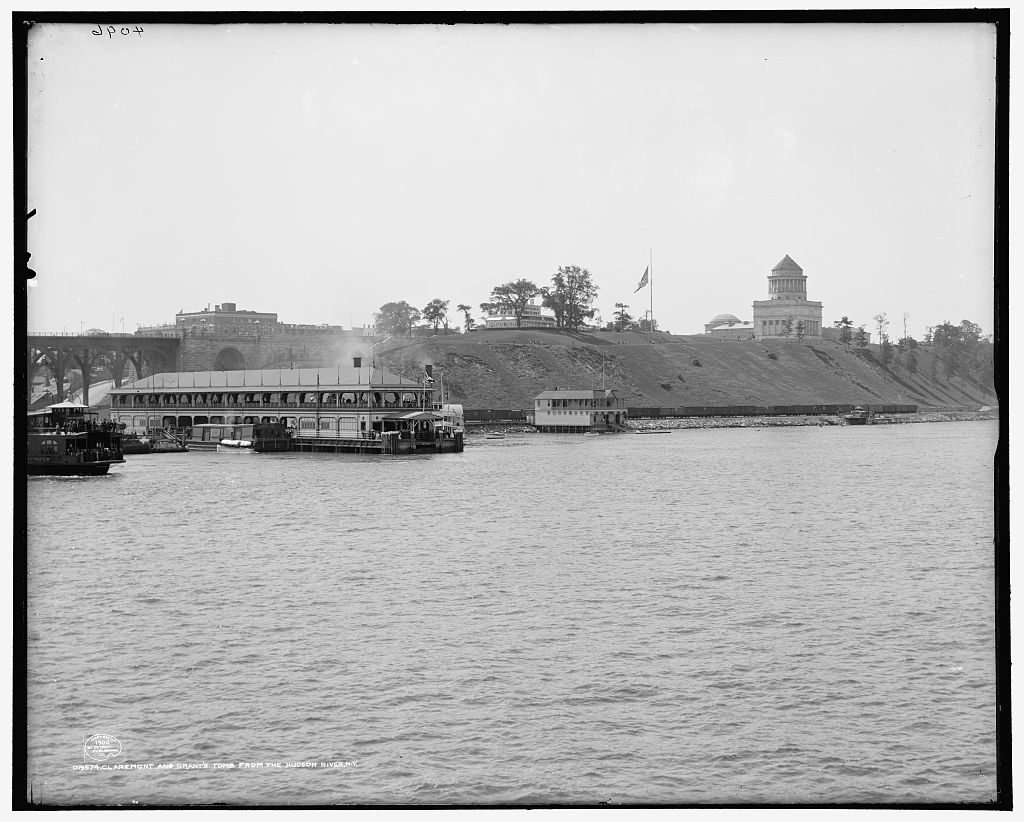
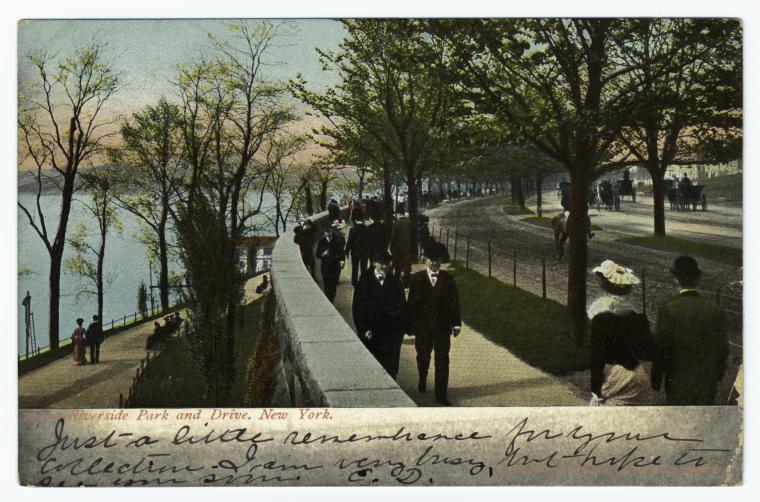
The Soldiers and Sailors Monument. (Read more about it here.)
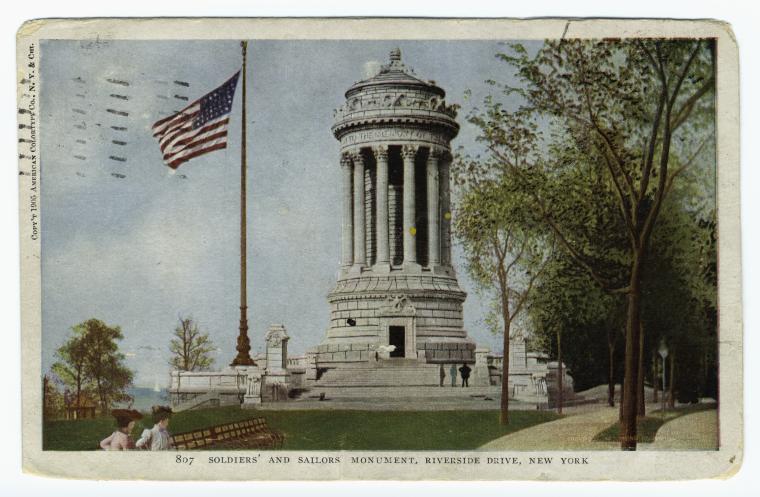
The Rice residence at West 89th Street and Riverside Drive
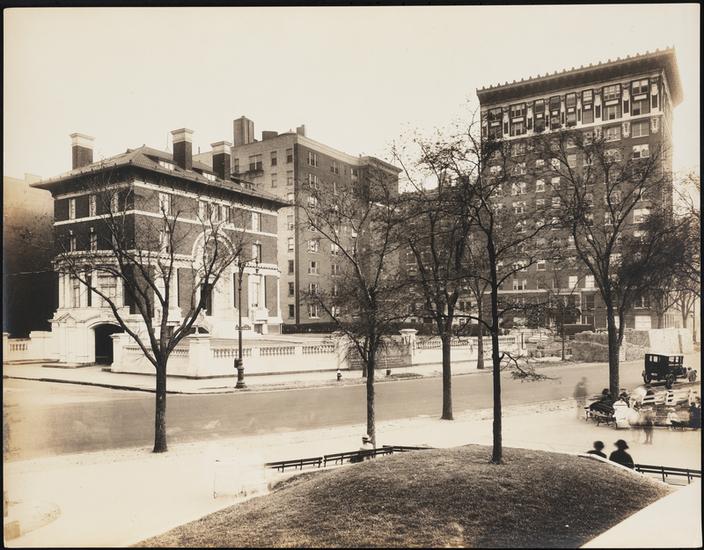
The Firemen’s Memorial, pictured here in 1929
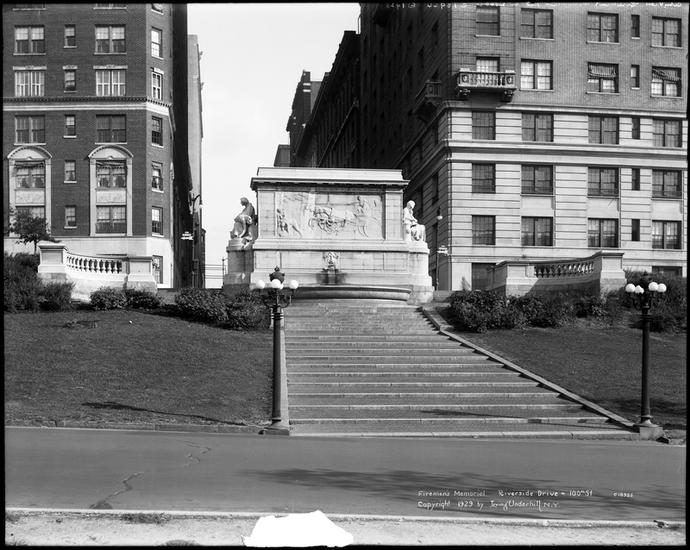
The tomb of the Amiable Child, 1900 and 1925
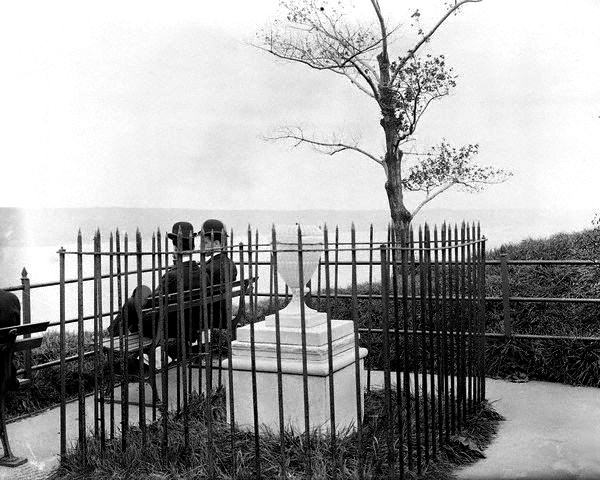
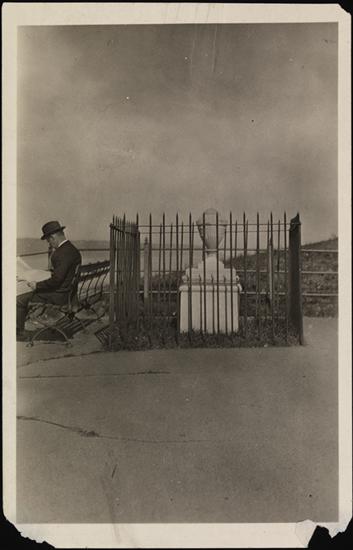
The Henry Hudson Parkway and the Boat Basin, 1975
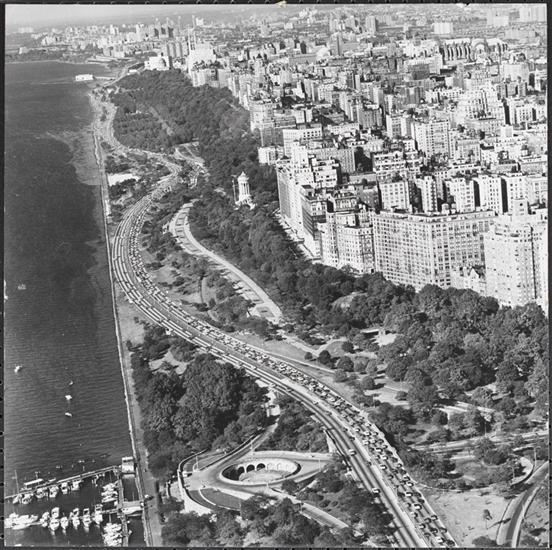
A portion of Riverside Park South, developed by Donald Trump.
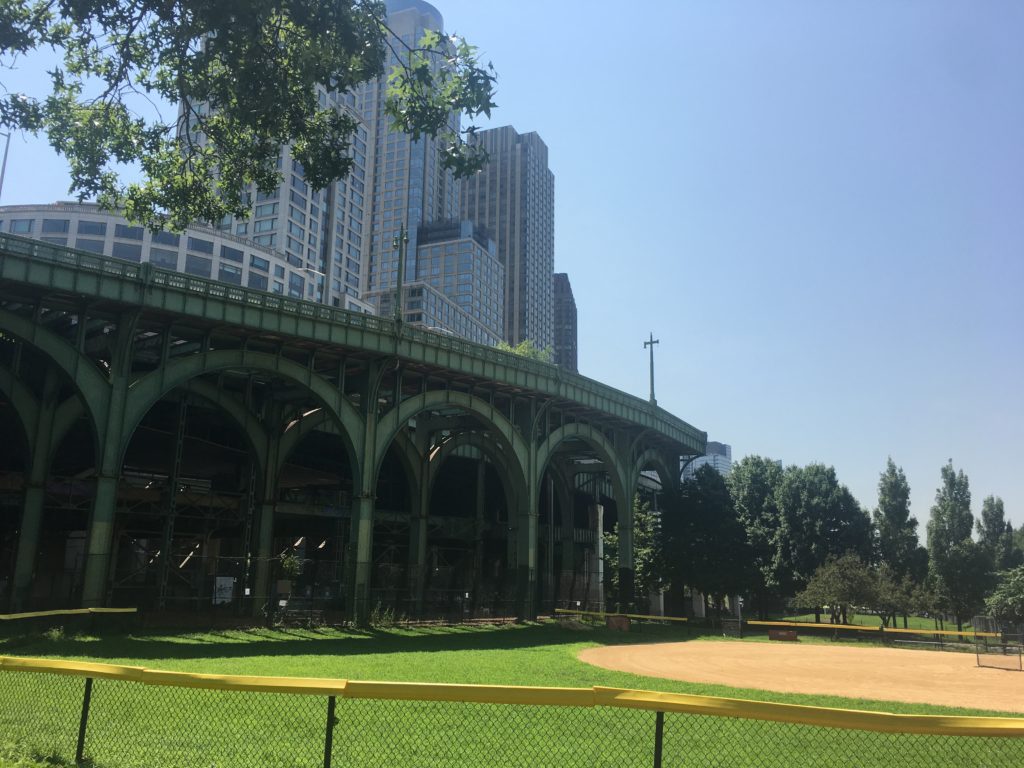
A glorious little marina sits in front of the Boat Basin.
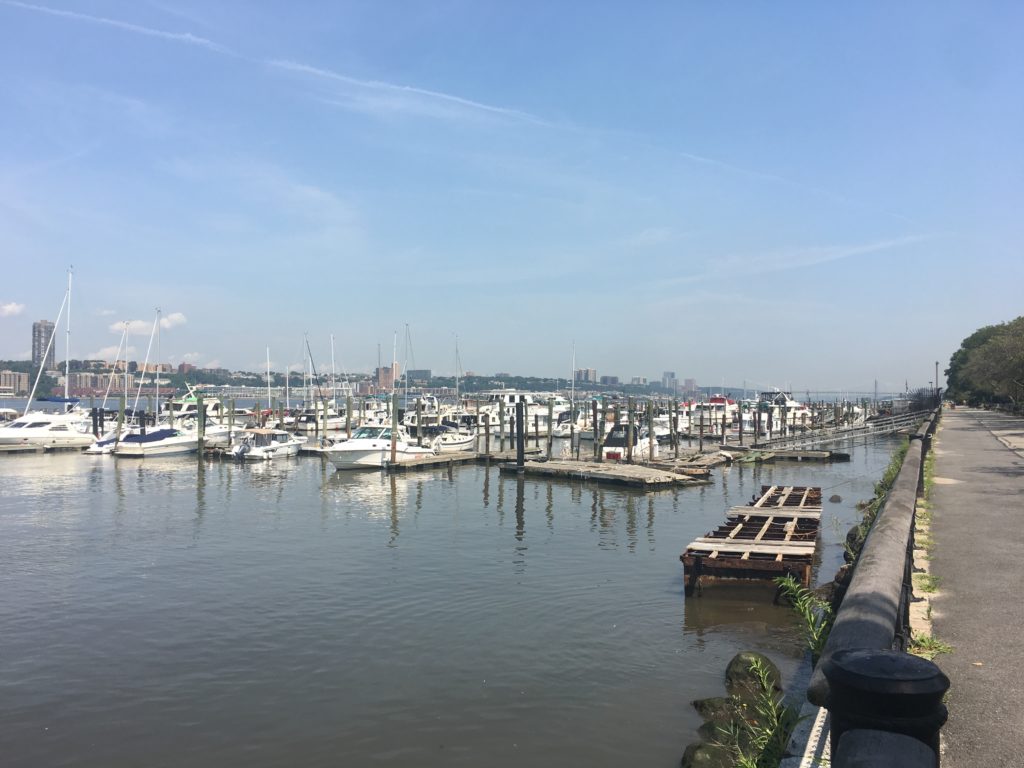
The Hamilton Fountain, at West 76th Street, named for the man who bequeathed it to the city — Robert Ray Hamilton, the great-grandson of Alexander Hamilton and Eliza Schuyler Hamilton.
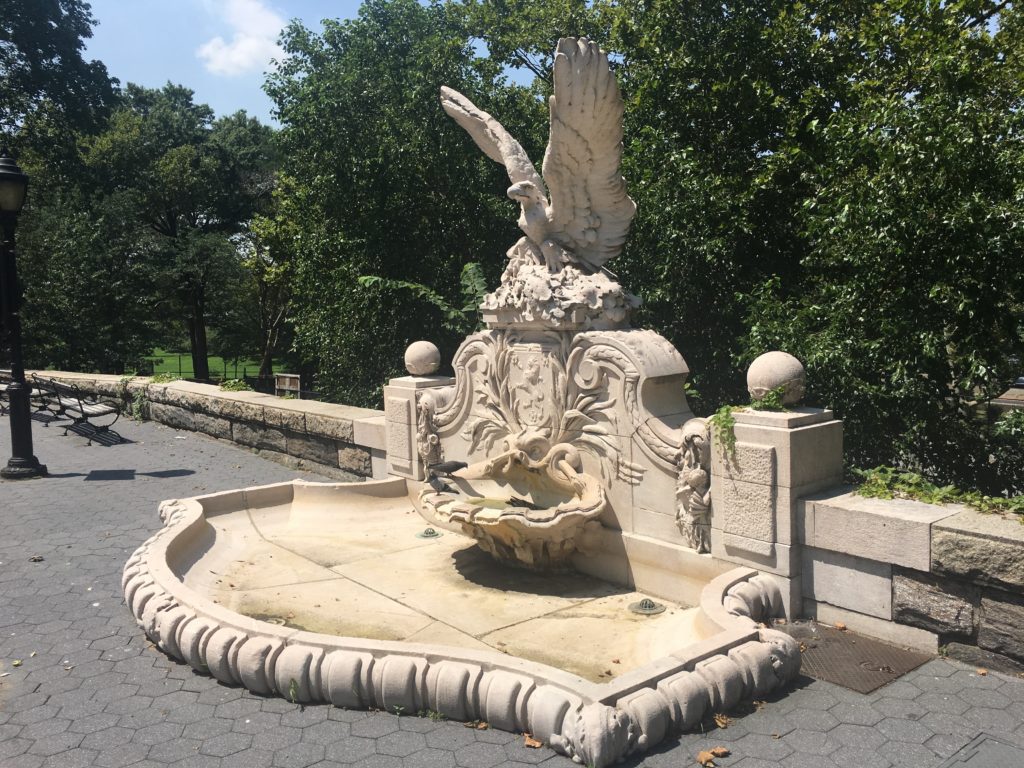
Up the hill and through the trees, you will find the contemplation spot for one of America’s most famous writers.
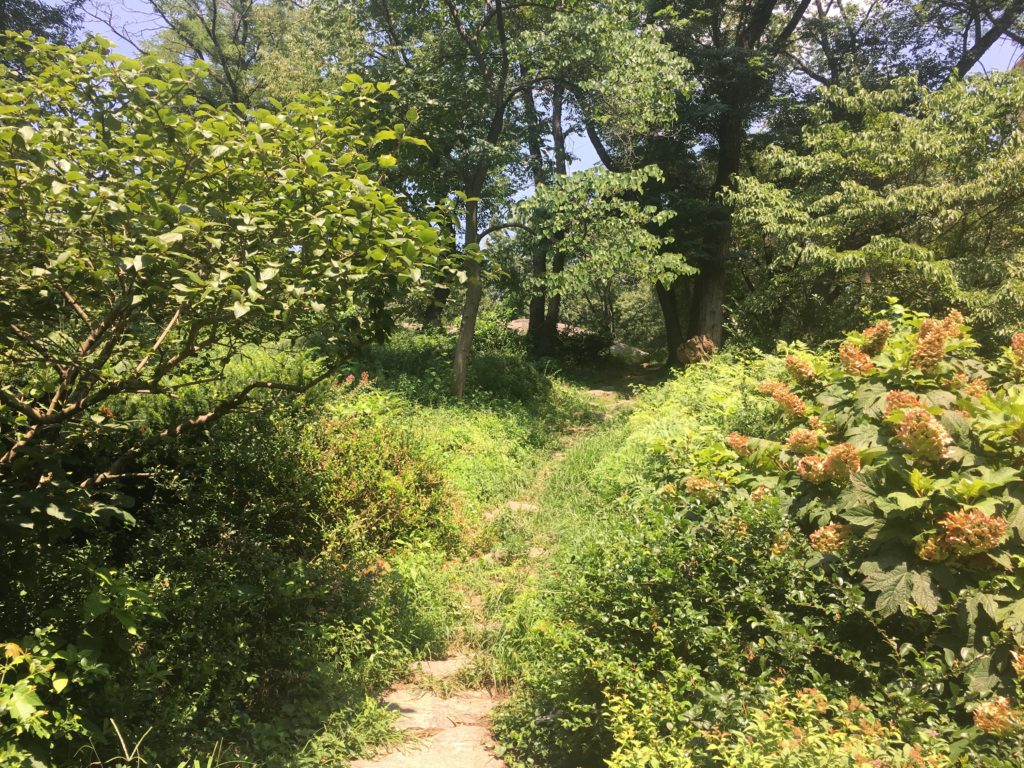
The Warsaw Ghetto Memorial — or rather, where a memorial should be.
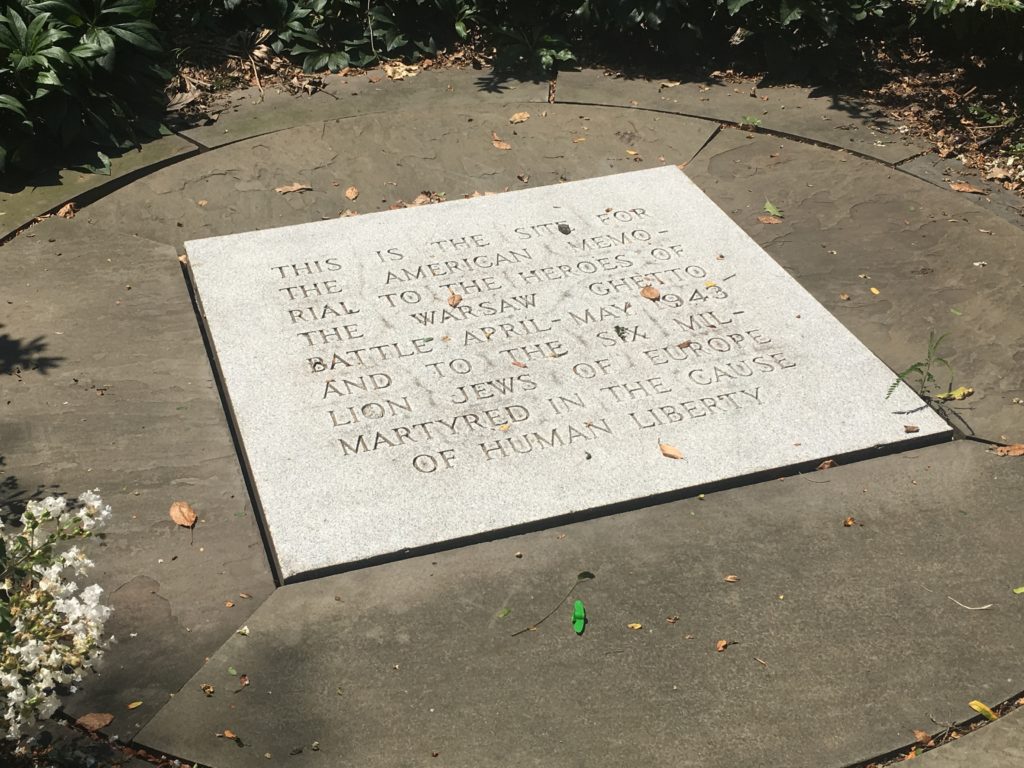
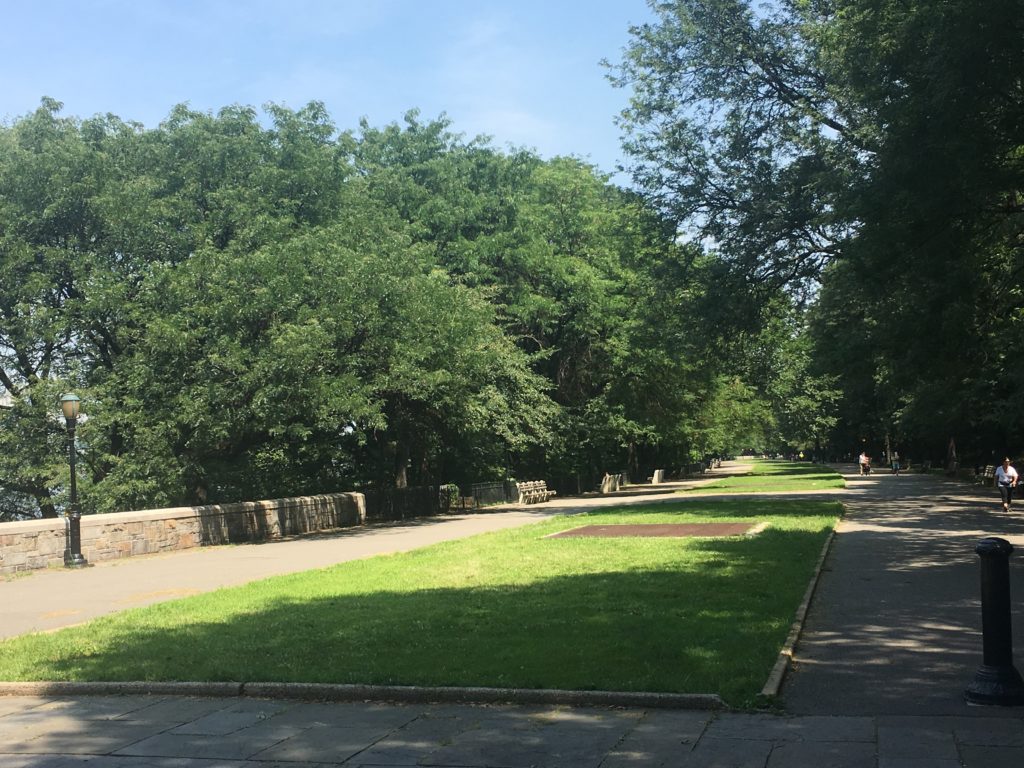
Just west of the peacefulness of Warsaw Ghetto Memorial Plaza:
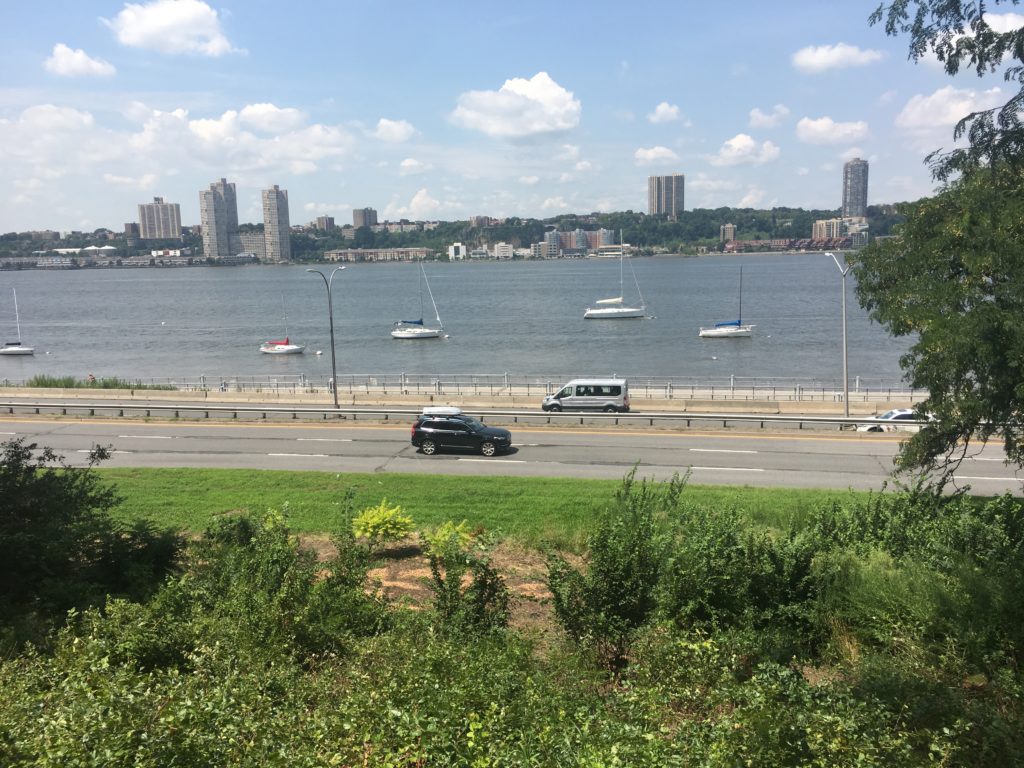
The Soldiers and Sailors Monument, completed in 1902.
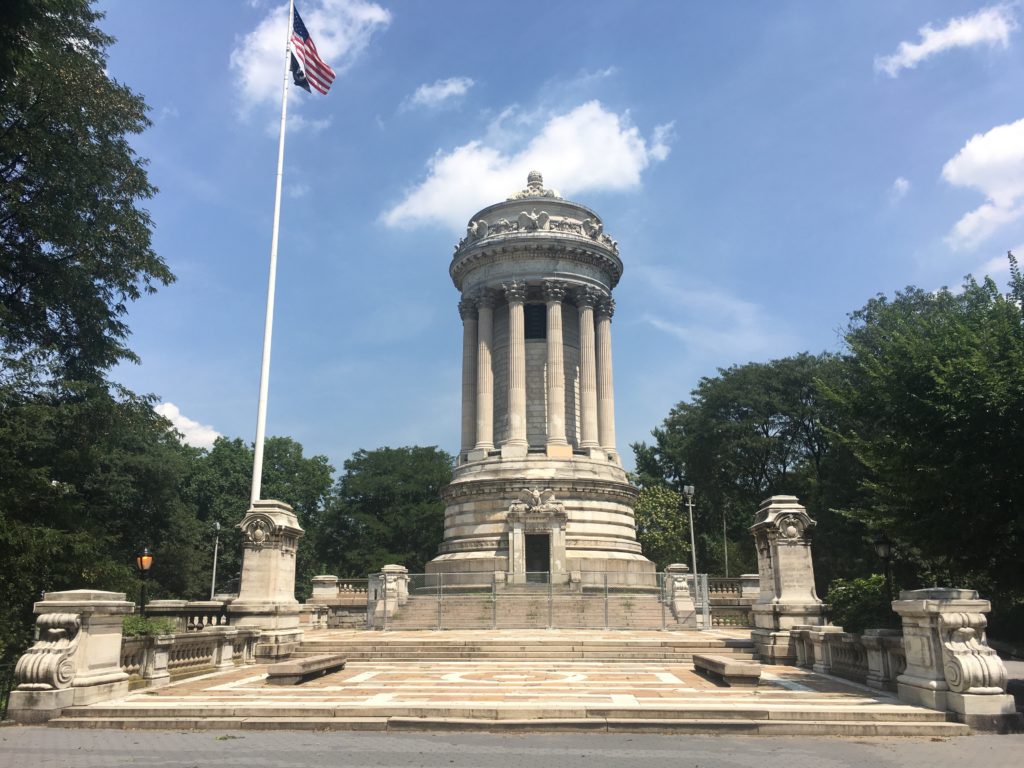
A message of thanks from the ASPCA….
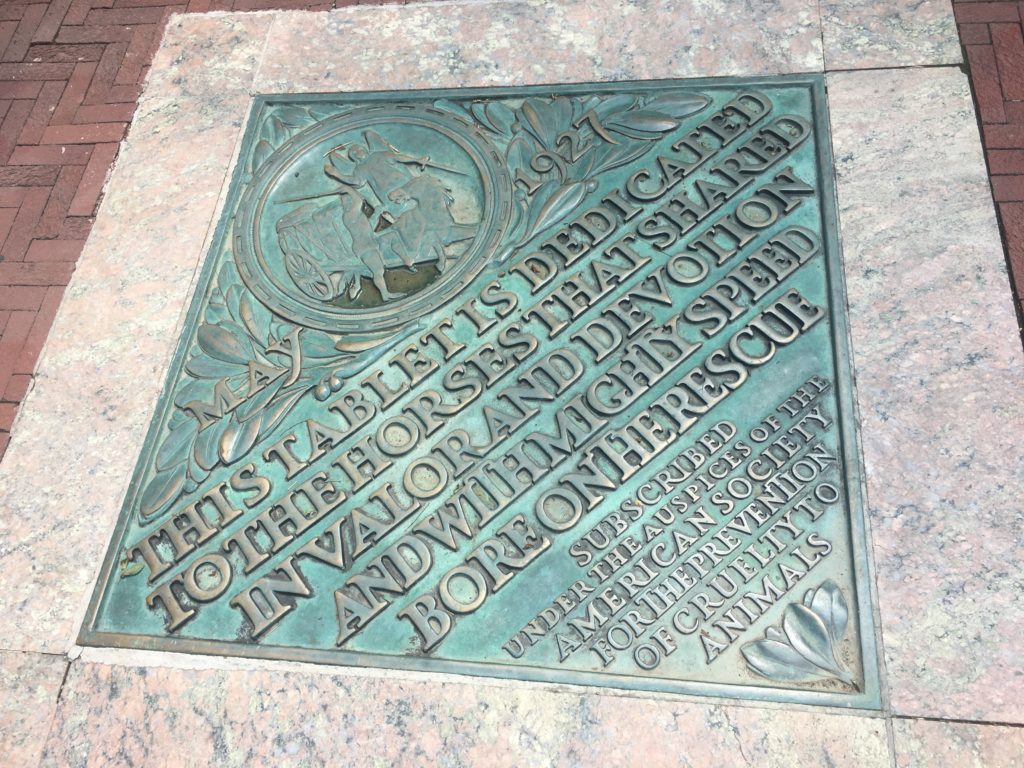
The Amiable Child monument today…..
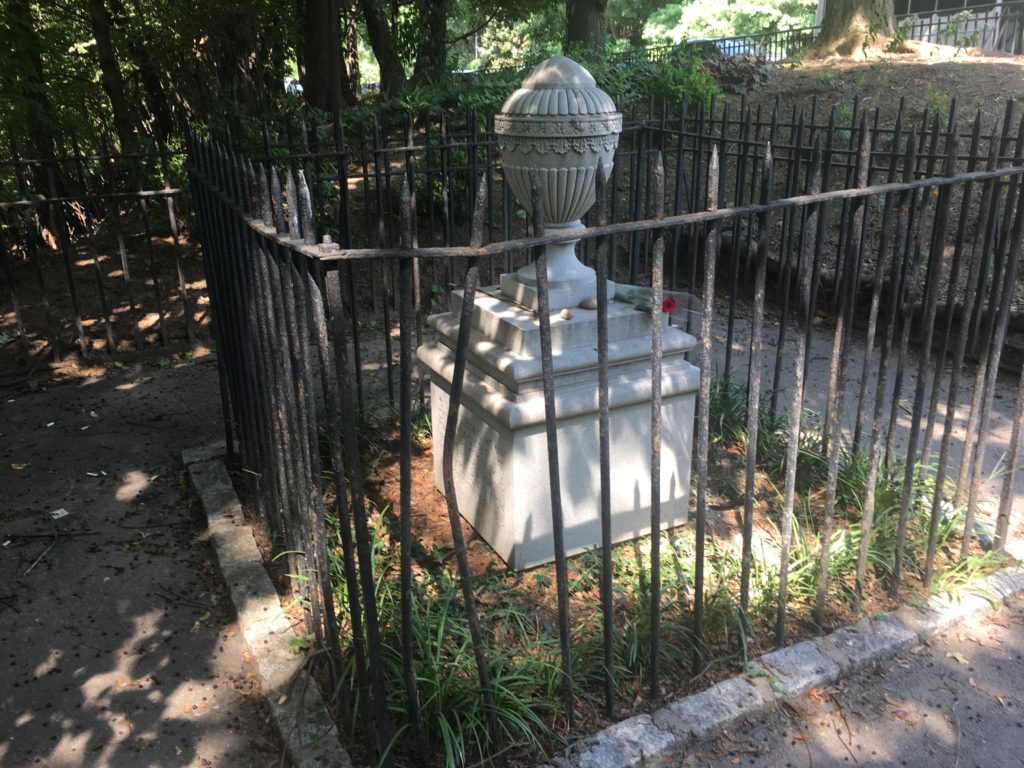
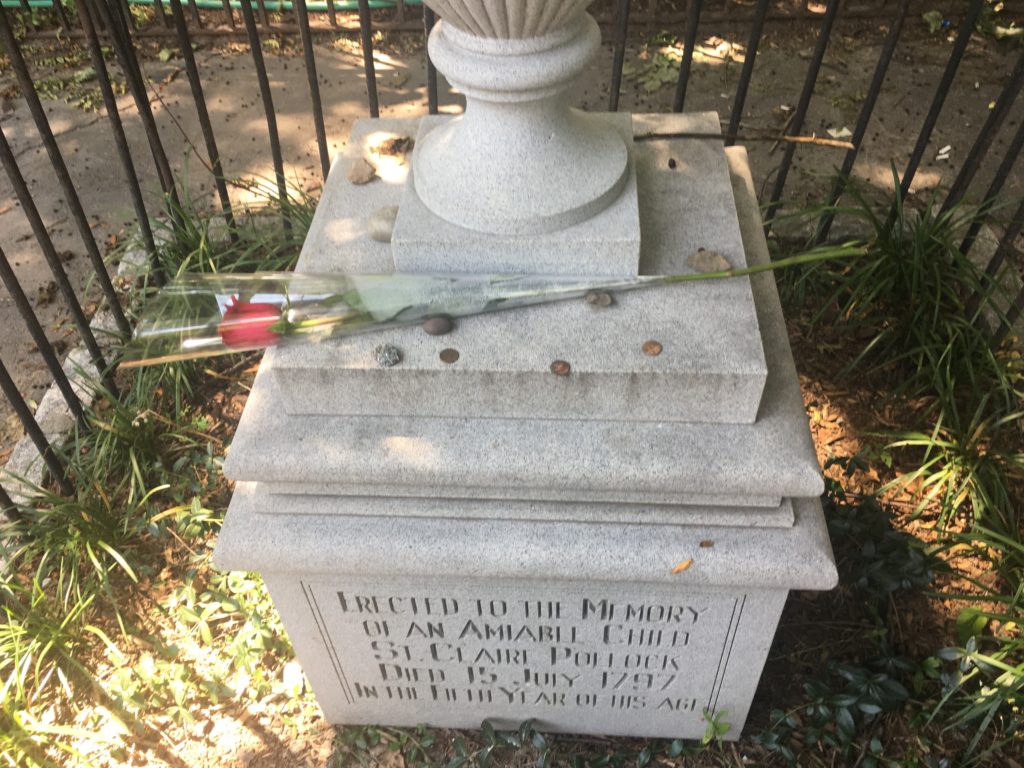
…just steps away from Grant’s Tomb.
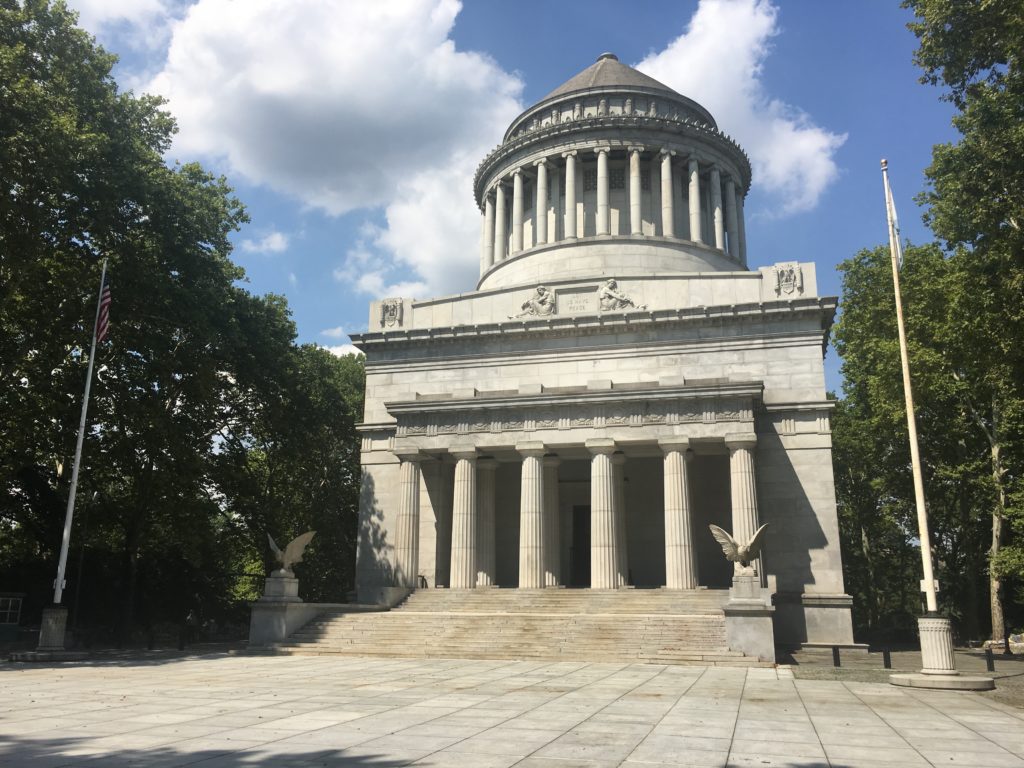
All hail Joan!
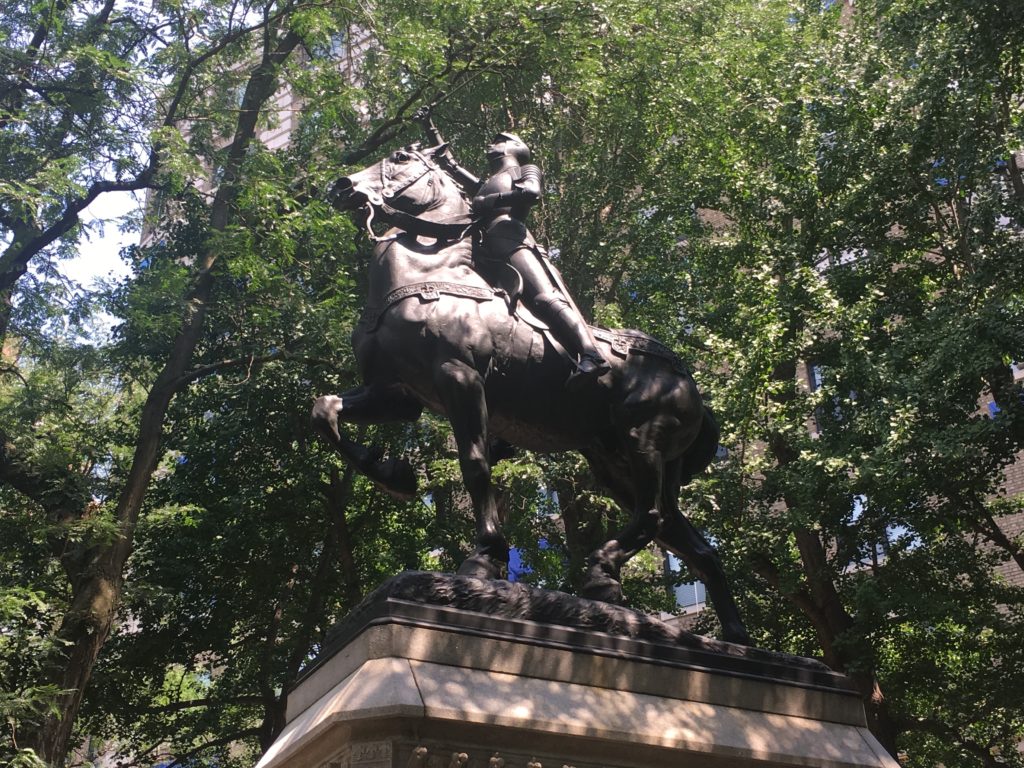
FURTHER LISTENING
After listening to this story of Riverside Park, check out these related Bowery Boys podcasts —
For more information on Upper West Side development:
For more information on the westside railroad:
Listen to the podcasts
Looking for the latest episode of our podcasts? Listen now on iTunes to “The Bowery Boys” and “The First”.
Find recent podcast episodes here, and click to read more about listening options here.
Read the book
Our first-ever Bowery Boys book, “Adventures in Old New York” is now out in bookstores! A time-traveling journey into a past that lives simultaneously besides the modern city.
Bowery Boys Walking Tours
Are you ready to walk through time? We’re excited to announce Bowery Boys Walks, our new walking tours developed around our podcast. Join us in the streets — beginning in October 2018!

